In contemporary design, an increasingly prevalent innovation making its way to the fashion limelight is the collision of Western and Japanese styles.
Contemporary design typically refers to the dynamic and common styles, designs, aesthetics and fashion trends within a given time range usually from recent history to the present day.
In simple terms, the fusion of Western and Japanese styles in contemporary design implies an intertwining of notable characteristics of Western style, and fashion culture with the outstanding nature of Japanese fashion.
Typically, Western fashion is renowned for its seasonal trends and trendsetting, fast fashion, bold patterns and luxury branding. Inclusivity, individuality and self-expression are also themes of Western fashion. These are seen in their structured suits, streetwear, denims, e.t.c.
Japanese fashion is known for its characteristic emphasis on tradition yet innovation. Minimalism, craftsmanship and intricate layering is the Japanese way. The Japanese also permit avant-garde shapes and styles in their fashion; a common factor in Western fashion.
History of the Fusion
Traceable from before World War II, Japanese and Western styles have met within the same territory. Each encounter left a rub-off on both parties until the eventual fusion.
Up the timeline, when America and European culture flooded Japan, Japanese women replaced kimonos with dresses conformed to Western characteristics. The men opted for Western style for official occasions.
But in a few decades, Western fashion became more common among the Japanese, even becoming an option for common house clothing. In Tokyo especially, the style-quick youths soon became curious about the new style in town.
Nearly simultaneously, during the 19th century, Japanese culture found its way to Western streets. Kimono, a fashion deity of the Japanese, quickly caught the eyes of the westerners. Its intricate layering, unique pattern and craftsmanship. Steadily, the Japanese fashion culture seeped into Western design houses.
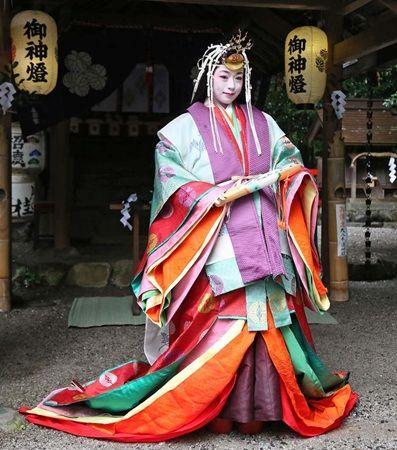 (Photo: Japanese kimono)
(Photo: Japanese kimono)
In the mid and late 19th century, Japanese fashion had seen the cover of Elle magazine, had been adopted in Western fashion and even debuted on Paris runways and collections in New York. Designers and influencers like Yohji Yamamoto, Rei Kawakubo, and Issei Miyake ensured that Japanese fashion like the kimono, street fashion and concepts like Wabi Sabi were popularized.
At the turn around of the century, Japanese and Western styles had joined at 'avant garde concept' hip. The blossoming of this culture merger was in sight considering the intentional work of fashion influencers and designers alike on both ends.
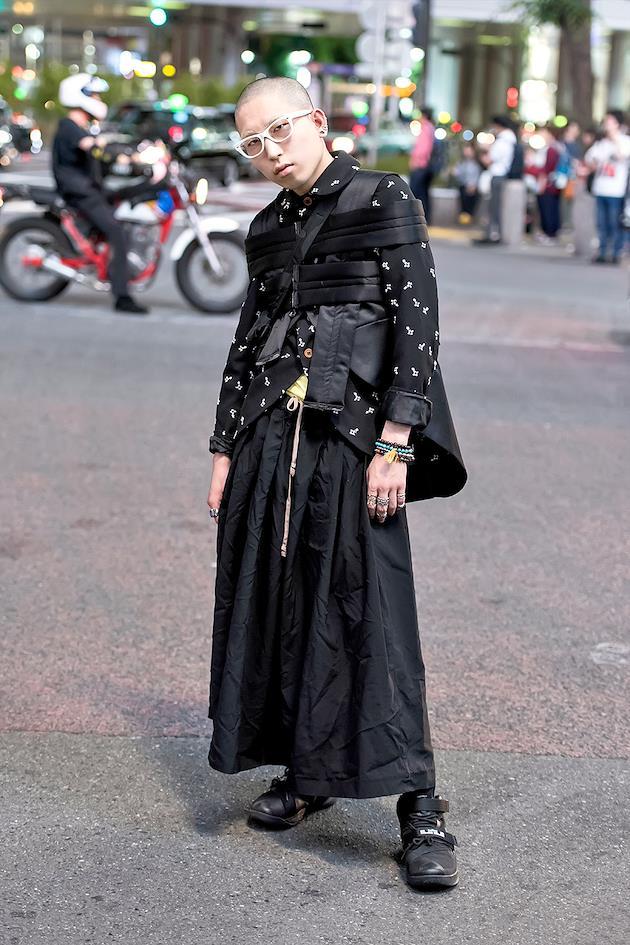 (Photo: Avant-garde Japanese Street Style)
(Photo: Avant-garde Japanese Street Style)
Japanese street fashion adopted bold graphics, shorter clothing, especially for the women and youth influenced by pop culture. Still evident was the Japanese craftsmanship, patterning and use of traditional materials. Western style had also begun to adopt these Japanese means for production and design. In fact, Japanese prints were a part of Haute Couture.
This fusion allowed designer brands to incorporate Japanese culture to their collections. But the basic streetwear included layered clothing, proud and asymmetrical shapes and pattern and gender neutral clothing. Western clothing was quite cheaper than kimonos, so they were commonly adopted.
However, it was in this timeline that Japan began to become widely recognised in fashion and style.
Also Read: THE APPEAL OF JAPANESE FASHION: WHY GLOBAL SHOPPERS SEEK OUT HARAJUKU, LOLITA, AND VISUAL KEI STYLES
Present Day: the Impact of Western and Japanese Fusion on Style
Fashion enthusiasts have zoomed in on the consequence of Western-Japanese style fusion. Present day Japanese fashion is a blend of both Western and Japanese style depending on the occasion. Style is divided into Western clothing, known as yofuku, and traditional clothing, known as wafuku.
More often, street wear has been thoroughly influenced by Western style. Many would rather opt for the conventional tees and skirts. However, even here, Japanese style has not faded to oblivion.
One can notice the characteristic design of the Japanese in prints and patterns. Also, Japanese craftsmanship is a major part of production. Japanese are key drivers of sustainable fashion as well. This also comes into play when addressing the impact of Western-Japanese style fusion.
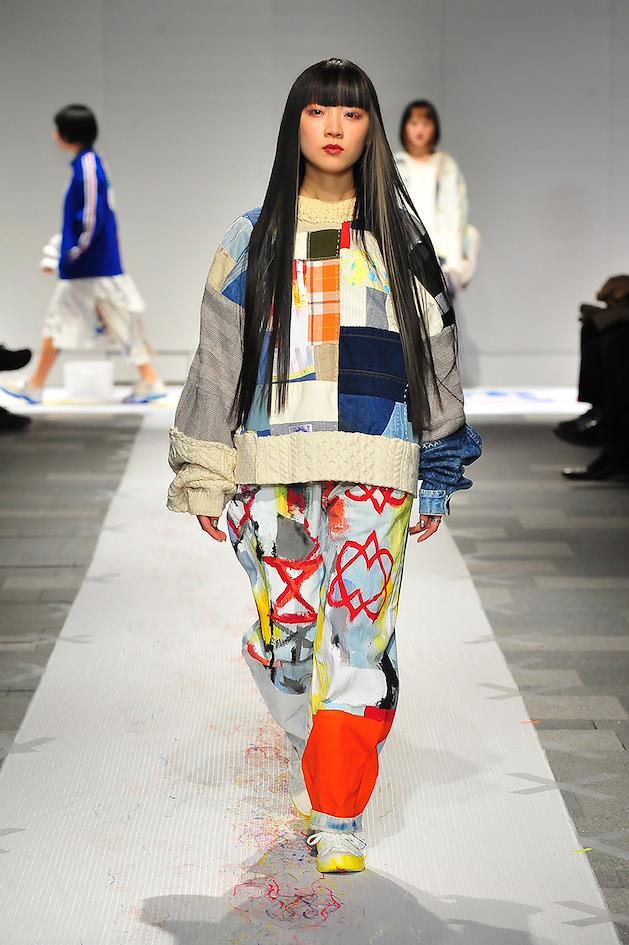 (Photo: Japanese sustainably made clothes)
(Photo: Japanese sustainably made clothes)
Traditional Japanese clothes still exist in present day Japan. However, they are more elements of tradition than everyday wear. Kimonos and other traditional clothes are usually worn to traditional occasions and festivals. During occasions such as weddings, funerals and gatherings of royals, the Japanese still dress in their cultural attire.
Also Read: THE FUTURE OF JAPANESE STREET FASHION: EMERGING TRENDS FROM TOKYO'S UNDERGROUND SCENE
Commentary on the Fusion of Western and Japanese Styles in Contemporary Fashion
1. Minimalism-Maximalism
On the conversation of Western-Japanese style, one familiar subject is on minimalism-maximalism. The Japanese style upholds 'less-is-more' fashion. This is quite the contrast to Western style which typically includes branding and extravagance in design.
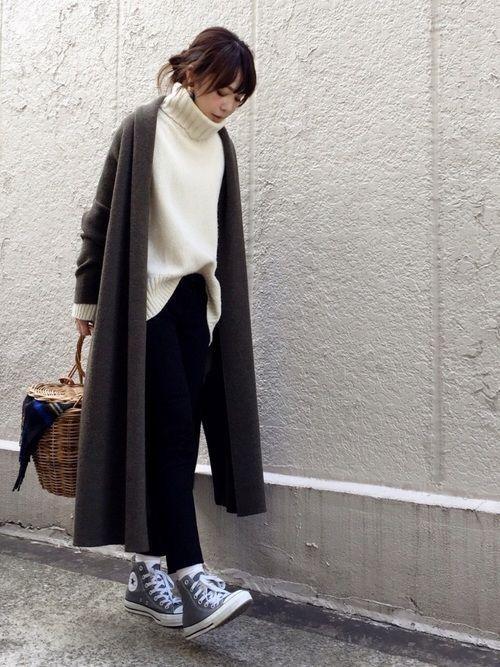
(Photo: Japanese minimalist outfit)
The fusion of Western and Japanese style in contemporary design assumes a common ground on this subject. Japanese brands such as Comme des Garçons seem to have mastered this style, issuing collections where oversized features meet unconventional shapes.
Though Japanese are also known for minimalism in colors, there has been the Western style play on their colors and patterns.
Also Read: How to incorporate Japanese street style into your wardrobe
2. Brand Collaboration
Western brand Supreme and Japanese brand BAPE (A Bathing Ape), Dior and Sacai, Louis Vuitton and NIGO, Nike and Undercover. These are high fashion brands we have seen collaborating with Japanese fashion and brands.
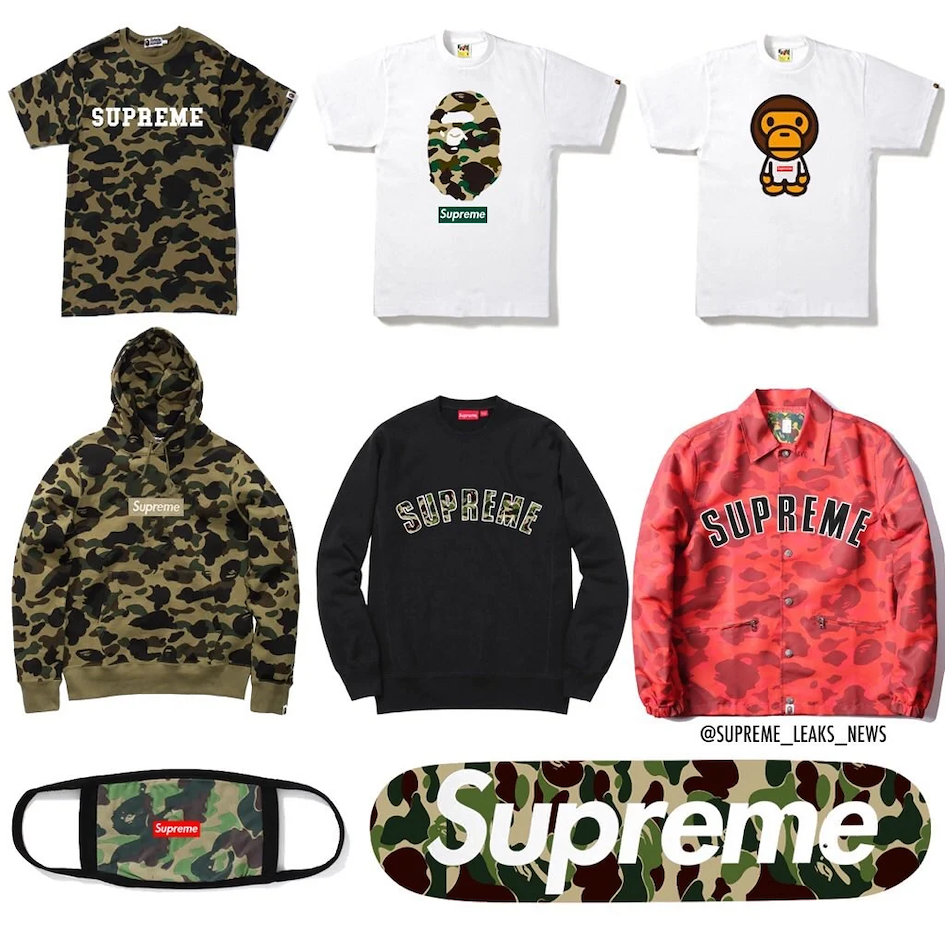
(Photo: Supreme and BAPE collaboration)
Consequent upon the occasional intersection with Japanese streetwear, the fusion of Western-Japanese style has become more common especially as style on the streets.
It appears that the relaxed silhouettes and utility-inspired pieces of Western-Japanese style have caught the eyes of the younger generation. In addition to this, gender neutrality as a more common theme in this fusion has appealed to style audiences.
Shop clothes from Japan
3. Sustainable fashion
In all honesty, the Western-Japanese fusion appeals more to slow fashion than fast fashion. Designs made from Japanese roots are keen on culture, attention to detail, sustainability and longevity. The Japanese are keen on tradition and tradition adores the use of organic materials even in the creation of design.
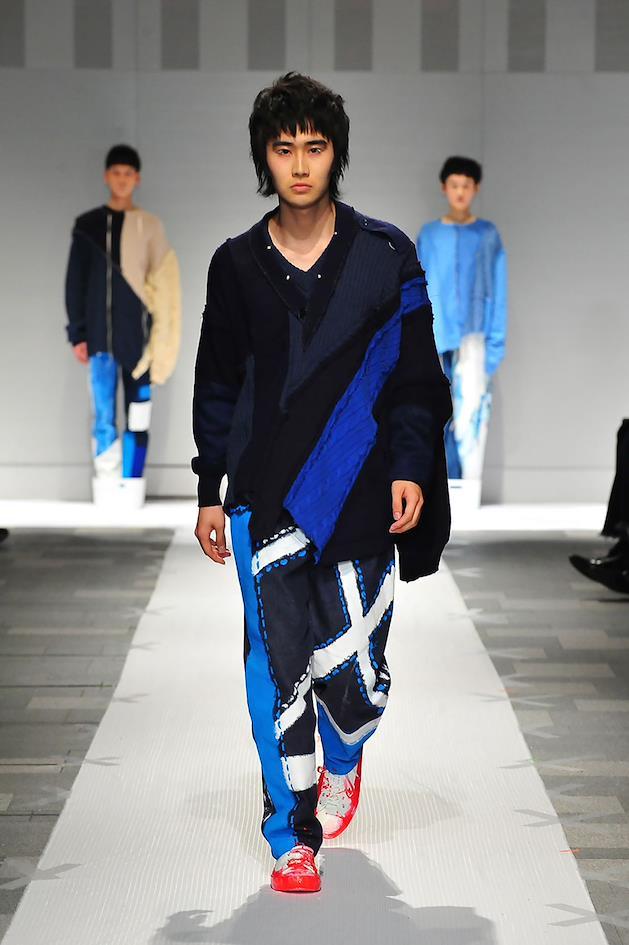 (Photo: Sustainable Japanese clothing)
(Photo: Sustainable Japanese clothing)
Hence, in contemporary design, Western style bends more to cooperating with the Japanese move for sustainability. However, due to style popularity, there may still be gaps in the move for slow and sustainable fashion.
Also Read: HOW TO BUY DEARMYLOVE CLOTHES FROM DREAMS JAPAN
Conclusion
In conclusion, the fusion of Western and Japanese styles has not only enriched contemporary design but also created a unique aesthetic that celebrates cultural diversity and innovation.
This blend of traditional Japanese craftsmanship with Western boldness and adaptability has resulted in a fashion landscape that is both timeless and modern, appealing to diverse audiences worldwide.
From sustainable, slow fashion to vibrant streetwear and high-fashion collaborations, the integration of these styles continues to push the boundaries of creative expression. This cultural exchange not only enhances individual style but also fosters a deeper appreciation for global influences in fashion, making it an evolving narrative of tradition and modernity coalescing.
Explore this captivating fusion on platforms like ZenMarket, where you can access the latest trends bridging Japan and the world.
Have you signed up for ZenMarket yet?
ZenMarket is the place to get your hands on goods directly from Japan!
Sign up for FREE now

